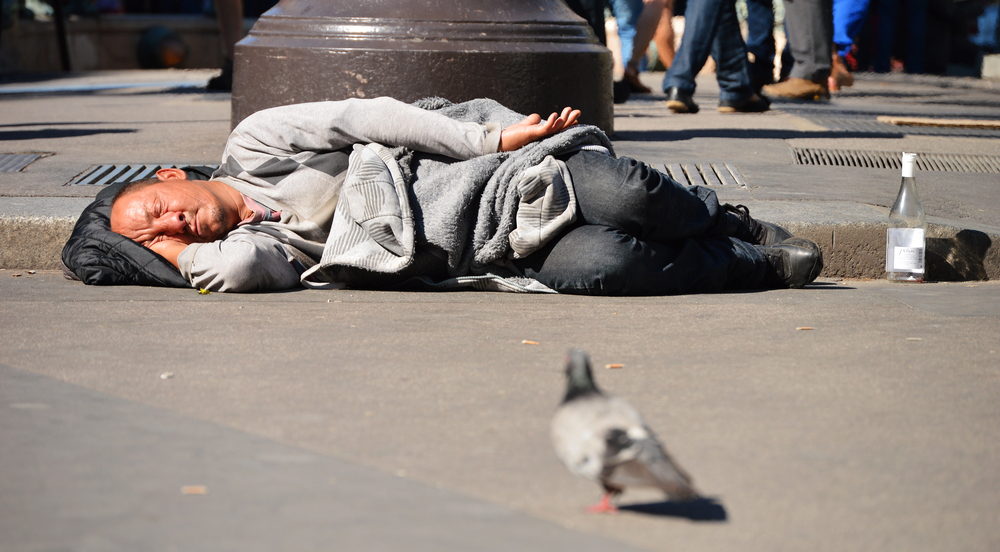
One executive order can undo decades of legal precedent and shake up communities to their roots but does it really end homelessness, or merely move the suffering somewhere else?
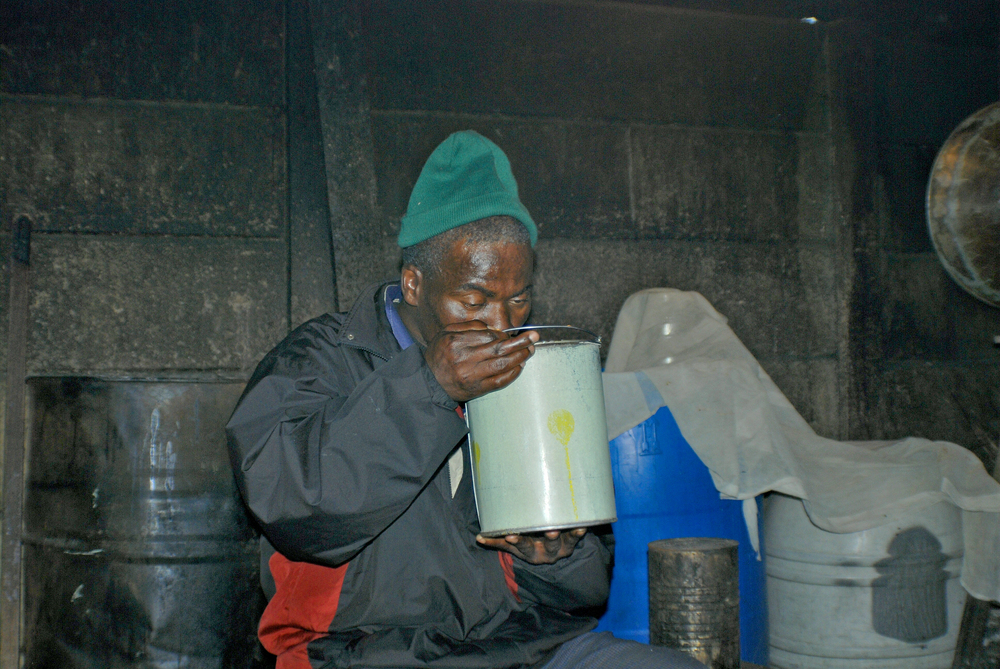
1. The Executive Order: Repealing Rights and Recasting “Public Order”
Donald Trump’s new executive order calls for a wholesale reversal of judicial precedents and consent decrees that have safeguarded the rights of homeless individuals. The decree mandates that local officials compel citizens into mental health treatment, siphons dollars away from housing and reallocation into rehabilitation and institutionalization. Stated purpose? To “reestablish public order and” aim at what the order is calling “endemic vagrancy, disorderly conduct, random attacks, and violent assaults.”
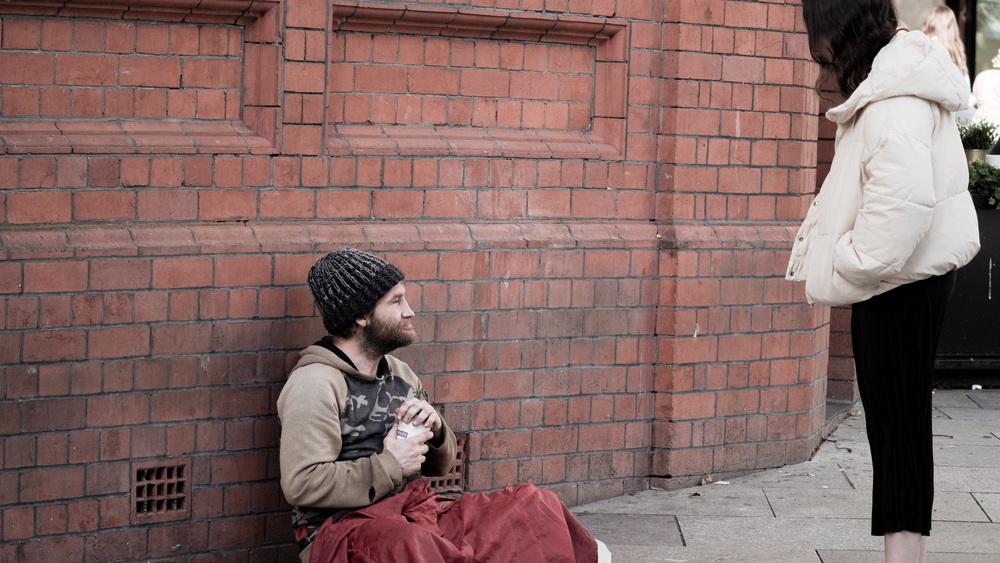
As White House press secretary Karoline Leavitt explained, “By keeping vagrant offenders off our streets and reallocating resources towards substance abuse treatment, the Trump administration will see that Americans can feel secure in their neighborhoods and that those struggling with addiction or mental illness can receive the care they deserve.” But others say that the initiative is less about security and more about criminalizing poverty.

2. Supreme Court Decision: Criminalizing Survival
The executive order comes on the heels of a landmark Supreme Court decision that upended the law for municipalities grappling with homelessness. In the case of Grants Pass v. Johnson in 2024, the Court determined that municipalities can levy fines and incarceration for camping and sleeping in public spaces even in the absence of available shelter. The general view was that the Eighth Amendment “cruel and unusual punishment” clause regulates only the form of punishment, not whether or not to criminalize certain things in the first instance. As stated in the opinion, “The Eighth Amendment’s ban on cruel and unusual punishment is meant to regulate only the means by which a locality may punish an offense not whether or under what circumstances a locality may or should punish an offense at all.” This decision effectively reversed the Ninth Circuit’s Martin v. Boise case, which originally had sheltered homeless individuals from being punished when shelter was not an available option. Now, the cities nationwide have a green light to implement and enforce laws criminalizing homelessness in public places, shelter or no shelter.
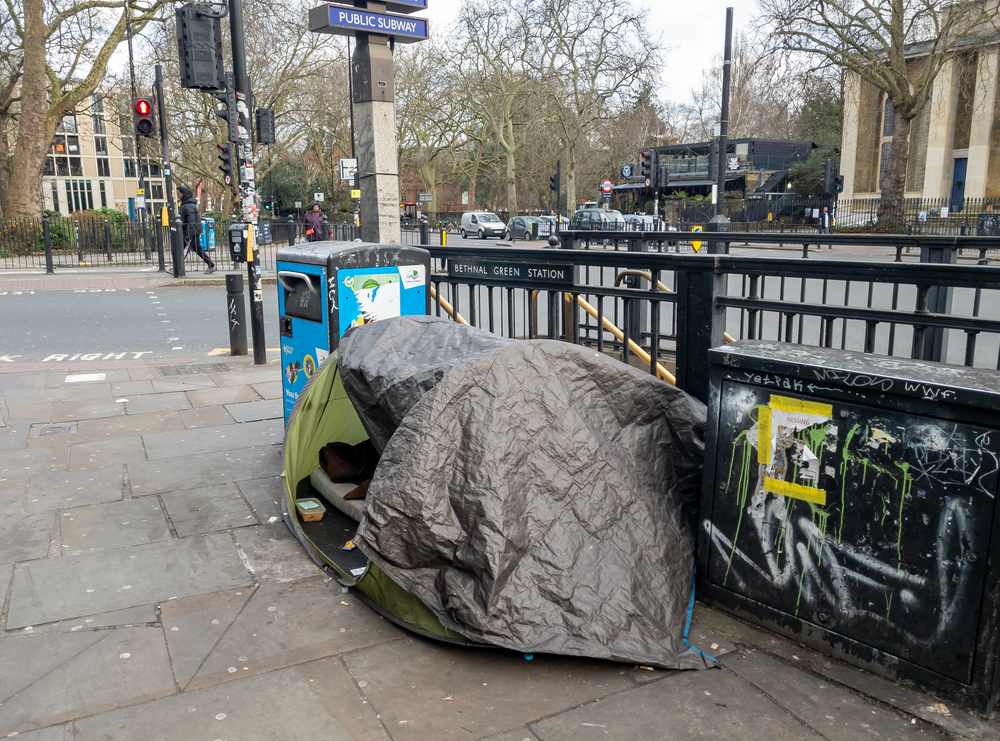
3. Advocacy Organizations Sound the Alarm
The advocacy organizations are all in agreement in criticizing such forceful policies. The National Homelessness Law Center wasn’t shy about speaking truth to power: “Today’s executive orders, paired with MAGA’s budget reductions to housing and health care, will lead to more people sleeping in tents, in their vehicles, and on the sidewalk. This order does nothing to make housing cheaper or assist people in making ends meet,” read a statement from the National Homelessness Law Center’s Jesse Rabinowitz. The community went on to stress, “Forced treatment is unethical, ineffective, and illegal. these actions will push more people into homelessness and divert resources away from those in need.” The National Coalition for the Homeless corroborated this, saying the administration’s record of “disregarding civil rights and due process” would only serve to exacerbate the situation. These voices emphasize the pragmatic effect: criminalization does not solve homelessness it just makes it harder for those who are already behind.

4. The Real Effect: More Laws, More Harm
Since the Supreme Court decision, the floodgates have been opened wide: more than 320 bills criminalizing homeless individuals have been introduced in the United States, and the majority of them have been signed into law. These sweeps are not party line both Democratic and Republican states are shutting people out of city streets and parks, even in jurisdictions where shelters have overflowed. The newly published American Civil Liberties Union report places emphasis on the point that these policies drive people from one neighborhood to another, strip them of their belongings, and add to their debt and trauma. “Fines, tickets, and arrest worsen homelessness, and cost communities dearly dollars that could more fruitfully be used to rent apartments, provide supportive services, and send outreach workers onto the streets,” says the National Alliance to End Homelessness. The cycle of cruelty is evident: tough measures don’t end homelessness keep it going.

5. Housing First: A Successful, Compassionate Approach
Meanwhile, criminalization dominates the headlines, while the evidence for what is effective is overwhelming. Housing First programs provide more stable longer-term housing, particularly to those with chronic homelessness. Available research indicates that such programs reduce costs by shortening hospital stays and reducing emergency room utilization and jail stays. Houston’s success is a prime example: by aligning services and focusing on permanent housing, the city reduced homelessness by over half, placing more than 18,000 individuals since 2011. As program participant Mindy Johnson said, “Houston has helped me more than anybody in this world. It brings me to tears.” The Housing First model is straightforward: offer permanent housing with no strings attached, then provide voluntary support services. It’s not only empathetic it’s cost-effective and supported by decades of data.
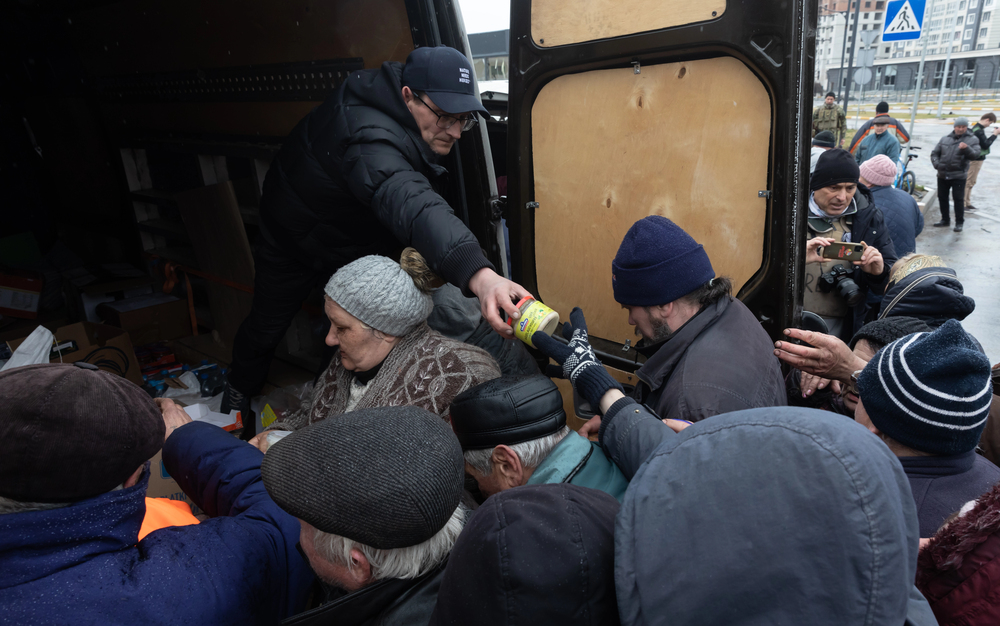
6. Advocates and Concerned Citizens Support
Social advocates, policy experts, and ordinary citizens all find the recent spate of punitive policies overwhelming and alarming. Political stress is real, and the sheer volume of media coverage has an impact on mental and emotional health. Experts suggest boundaries on watching news, depending on reputable sources, and taking time off to ensure they take care of themselves.
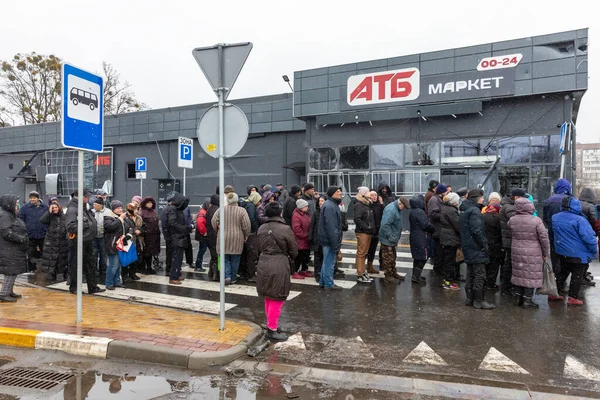
“It is important that you’re aware of what’s happening in our country and in the world, but you must also take care of your mental health and yourself,” says Dr. Michelle Riba, psychiatrist and member of the University of Michigan Eisenberg Family Depression Center. Plugging into positive communities, battling at a sustainable pace, and celebrating small victories can inspire hope and resilience.

7. What’s Next: Building Solutions, Not Walls
Even with the legal and political gains, communities are not helpless. The Supreme Court ruling and the executive order can enable criminalization but must not. Activists, residents, and leaders can demand investment in low-income housing, supportive services, and data-driven solutions. As the National Alliance to End Homelessness reminds us, “We know what to do to end homelessness. We still have homelessness because we haven’t done those things.” It’s time to double down on what works, to invest in those who are fighting on the front lines, and to enact policies that treat every human being with dignity. The road forward will be rocky, but history has shown that such collective, compassionate effort rooted in community and evidence is capable of shifting the tide.


